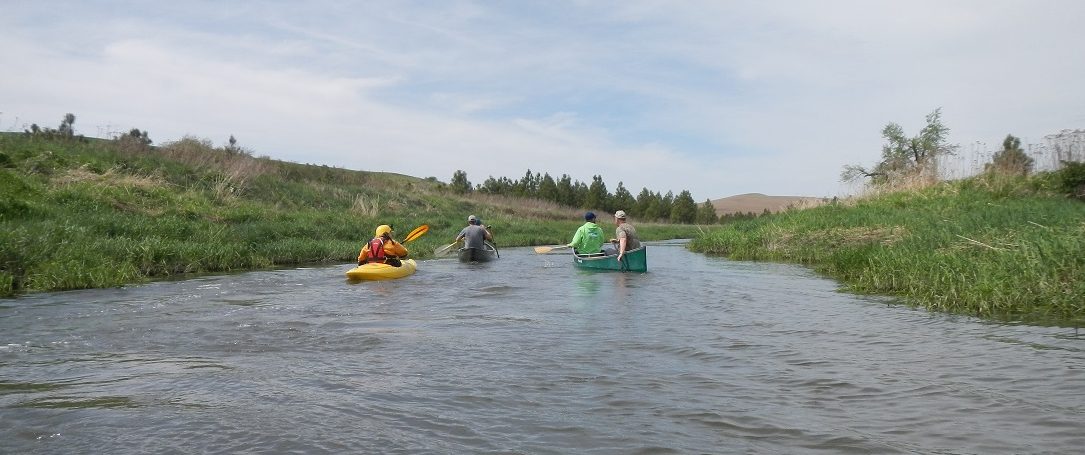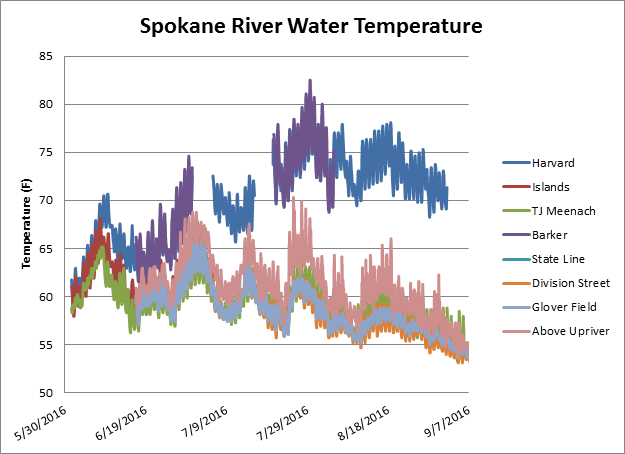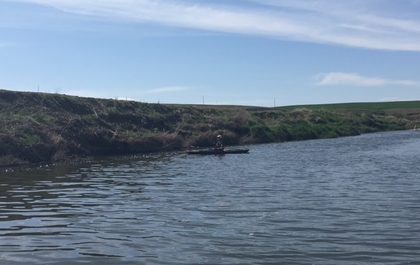Rachel Fricke, a Spokane native who comes to us from the University of Southern California, is our Fall Intern. Below, she discusses our recent summer temperature findings.

For the past month, I’ve had the pleasure of running around the Spokane River watershed collecting and recording data from temperature loggers that were placed back in June. Why does Riverkeeper care about temperature? Though temperature is not a physical or chemical pollutant, it has a direct impact on the organisms inhabiting our river and its tributaries.
The majority of freshwater-dwellers are cold-blooded, meaning their internal body temperature aligns with the temperature of their external environment. Should these organism’s internal temperatures become too hot, their cells begin to die, eventually causing mortality. Redband trout, a prominent species in the Spokane River ecosystem, live and spawn at an optimum temperature of 57.2° F. They can withstand temperature variances of a few degrees, but will not occupy regions where water temperature is significantly higher than optimum.
Our summer loggers from the Spokane River showed that temperatures reached their highest (~83° F) at the Harvard and Barker Road bridge crossings. This makes sense because these locations are upriver from where groundwater from the aquifer – which is cooler than surface water – begins feeding into the river. Further downriver at TJ Meenach we recorded a high of 63°F – a habitable temperature for Redband.

On Hangman Creek, our loggers recorded significantly elevated temperatures. At the mouth, where Hangman flows into the Spokane, temperatures peaked at 79° F. Just downstream from Tekoa at Waverly we recorded our highest water temperatures from the entire watershed – a whopping 84° F.
Hangman’s banks in this region have little to no riparian cover, also referred to as streamside forestation. Plant growth alongside streams is essential for healthy stream temperatures as it shades creek water. Hangman Creek’s current conditions in the Waverly area leave creek water directly exposed to the Palouse’s intense summer sun and heat, resulting in heightened water temperatures.
Check back within the coming weeks for a comprehensive report of this year’s temperature and water quality data. For more information on Redband trout, the Western Native Trout Initiative is a great reference.

